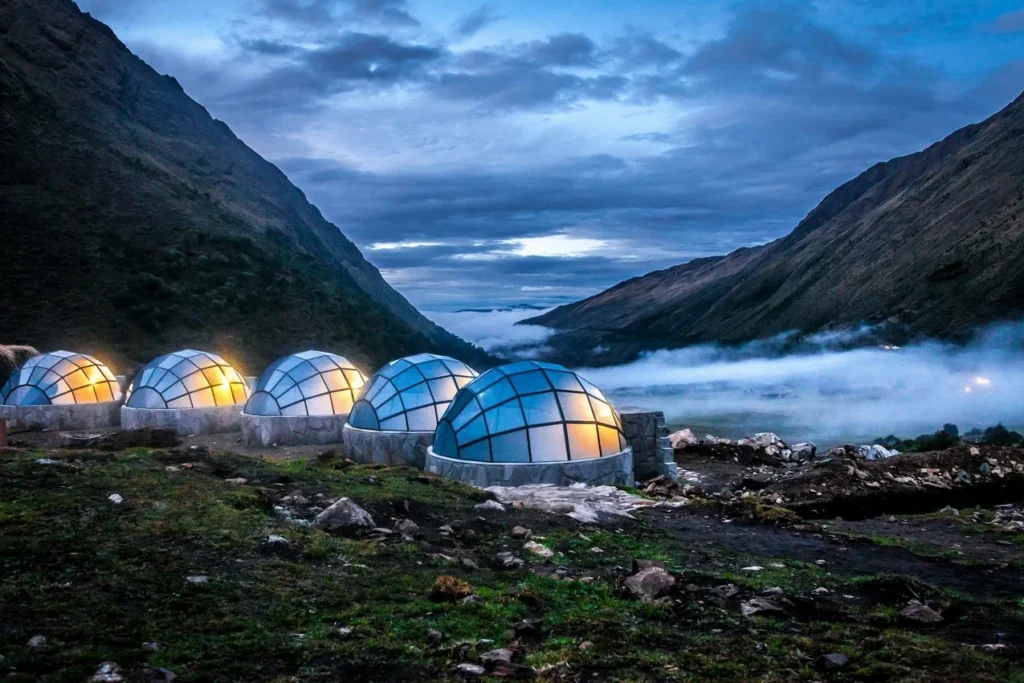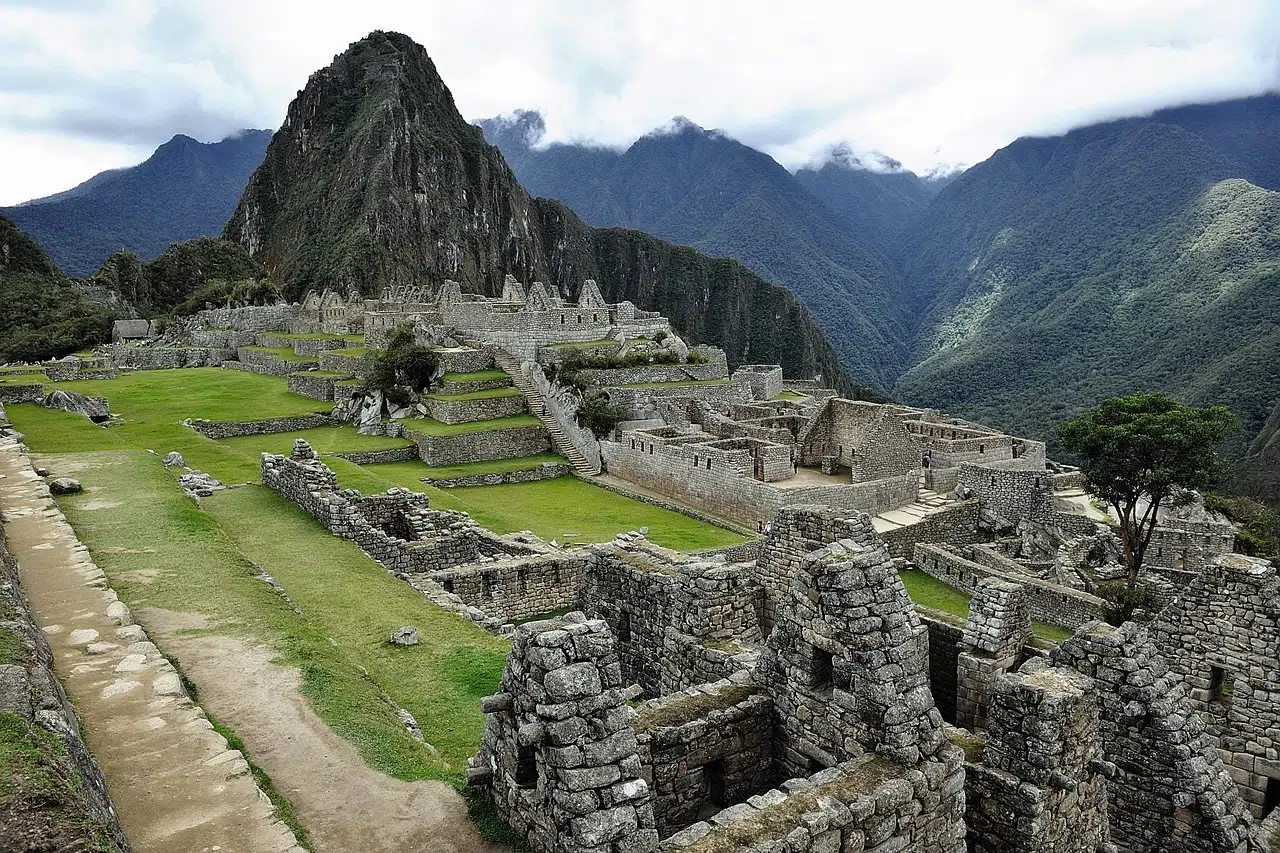The Salkantay Trek is a breathtaking adventure that takes you through some of Peru’s most stunning landscapes, but it also involves significant altitude changes. The trek reaches its highest point at the Salkantay Pass (4,630 meters / 15,190 feet), making altitude sickness a common concern for trekkers. In this guide, we’ll cover everything you need to know about Salkantay Trek altitude sickness, including symptoms, prevention tips, and how to manage it if it occurs.
I’ll never forget my first night at Soraypampa (3,900m)—waking up gasping for air, heart racing, convinced I was dying. Altitude sickness on the Salkantay Trek is no joke. Having summited the 4,630m pass twice (once miserably, once prepared), here’s everything I wish I’d known, backed by guides, doctors, and brutal personal experience.
Table of Contents
Why Salkantay’s Altitude Hits Hard
The trek assaults your body with extreme elevation changes:
- Cusco (3,400m): Where most arrive already feeling lightheaded.
- Soraypampa (3,900m): First camp—headaches start here.
- Salkantay Pass (4,630m): The danger zone (oxygen levels drop to 50% of sea level).
- Jungle descent (2,000m): Relief… unless you’re hit with “soroche” rebound on Day 4.
Key Risk Factors:
- Flying directly to Cusco (no acclimatization)
- Pushing too hard on Day 1
- Dehydration (altitude doubles water needs)
Symptoms: From Mild to Life-Threatening
| Severity | Symptoms | Action Required |
|---|---|---|
| Mild (AMS) | Headache, nausea, dizziness | Rest, water, coca tea |
| Moderate (HAPE/HACE) | Blue lips, confusion, coughing fluid | Descend immediately |
| Severe | Loss of coordination, unconsciousness | Emergency evacuation |
Personal Red Flag: At the pass, I couldn’t tie my boots—my fingers just wouldn’t cooperate. That’s moderate AMS—I should’ve turned back.

Prevention: How to Outsmart the Altitude
1. Acclimatize Like a Pro
- 3+ days in Cusco before hiking (I did Sacred Valley tours at 2,800m first).
- “Climb high, sleep low”: Day hikes to 4,000m then return to Cusco.
2. Meds That Actually Work
- Diamox (acetazolamide): Start 24h before ascent (125mg 2x/day). Side effect: Pee constantly—it’s working.
- Ibuprofen: For altitude headaches (avoid codeine—slows breathing).
3. Local Remedies (Tested Personally)
- Coca tea: Drink 3+ cups daily (yes, it’s legal).
- Muña tea: Andean mint that aids digestion (altitude kills appetite).
- Chocolate-covered coca leaves: My secret weapon for the pass climb.
4. Hydration Hacks
- 4L water/day minimum (add electrolyte tablets—I used Nuun).
- No alcohol for 48h pre-trek (it dehydrates and worsens AMS).
What to Do If You Get Sick
Mild Cases (80% of hikers)
- Stop ascending: Wait 12–24h at current elevation.
- Guided tours carry oxygen tanks—ask! (My guide saved me with 5min of O2 at 4,200m).
Moderate/Severe Cases
- Descend 500m+ immediately: Don’t wait for a helicopter ($$$).
- Dexamethasone: Emergency steroid for HACE (guides carry it).
Pro Tip: Book tours with Garmin inReach satellite devices—cell service dies after Mollepata.
Who Should Not Hike Salkantay?
- People with uncontrolled heart/lung conditions
- Pregnant women (high-altitude risks)
- Those who ignored acclimatization (like my hostel mate who puked at Humantay Lake)
Altitude Myths Debunked
❌ “I’m fit, so I won’t get sick” → Fitness ≠ altitude tolerance (Olympians get AMS).
❌ “Coca tea alone prevents AMS” → Helps symptoms but isn’t a cure.
✅ “Alcohol helps sleep” → FALSE—it’s a respiratory depressant at altitude.

My Worst Altitude Mistakes (Learn From Them)
- Skipping acclimatization to “save time” (ended up on oxygen).
- Overpacking my first day (porters exist for a reason).
- Ignoring a headache at 4,000m—it became debilitating by 4,600m.
What is Altitude Sickness?
It can affect anyone, regardless of age or fitness level, and is a common issue on high-altitude treks like the Salkantay Trek.
Symptoms of Altitude Sickness
Here are the most common symptoms of altitude sickness:
- Mild Symptoms: Headache, dizziness, nausea, fatigue, and shortness of breath.
- Moderate Symptoms: Severe headache, vomiting, loss of coordination, and difficulty walking.
- Severe Symptoms: Confusion, chest tightness, and difficulty breathing, which can indicate life-threatening conditions like high-altitude pulmonary edema (HAPE) or high-altitude cerebral edema (HACE).
How to Prevent Altitude Sickness on the Salkantay Trek
Prevention is key to avoiding altitude sickness. Here are some essential tips:
- Acclimatize in Cusco: Spend at least 2-3 days in Cusco (3,399 meters / 11,152 feet) before starting the trek to allow your body to adjust.
- Stay Hydrated: Drink plenty of water to help your body adapt to the altitude.
- Walk Slowly: Take your time, especially on steep ascents, to avoid overexertion.
- Avoid Alcohol and Caffeine: These can dehydrate you and worsen altitude sickness.
- Consider Medication: Consult your doctor about taking acetazolamide (Diamox) to prevent altitude sickness.
- Eat Light Meals: Opt for easily digestible foods to avoid stomach issues.
How to Manage Altitude Sickness on the Salkantay Trek
If you or someone in your group experiences altitude sickness, here’s what to do:
- Recognize the Symptoms: Early detection is crucial for effective management.
- Descend if Necessary: If symptoms worsen, descend to a lower altitude immediately.
- Rest and Hydrate: Take a break, drink water, and avoid further exertion.
- Use Oxygen: Some tour operators carry portable oxygen for emergencies.
Frequently Asked Questions About Salkantay Trek Altitude Sickness
1. How high is the Salkantay Trek?
The trek reaches its highest point at the Salkantay Pass (4,630 meters / 15,190 feet).
2. Can I prevent altitude sickness completely?
While you can’t guarantee prevention, following acclimatization and hydration tips significantly reduces the risk.
3. What should I do if I feel sick during the trek?
Inform your guide immediately, rest, hydrate, and consider descending to a lower altitude.
4. Is altitude sickness dangerous?
In severe cases, altitude sickness can be life-threatening, so it’s important to take it seriously.
Ready to Tackle the Salkantay Trek?
Now that you know how to prevent and manage Salkantay Trek altitude sickness, it’s time to start planning your adventure! With proper preparation and awareness, you can enjoy this incredible trek safely and comfortably.
📌 Pro Tip: Download our free Salkantay Trek altitude sickness guide for more tips and a checklist to help you prepare. And if you’re ready to book your trek, check out our exclusive Salkantay Trek packages for the best deals and expert guides.



